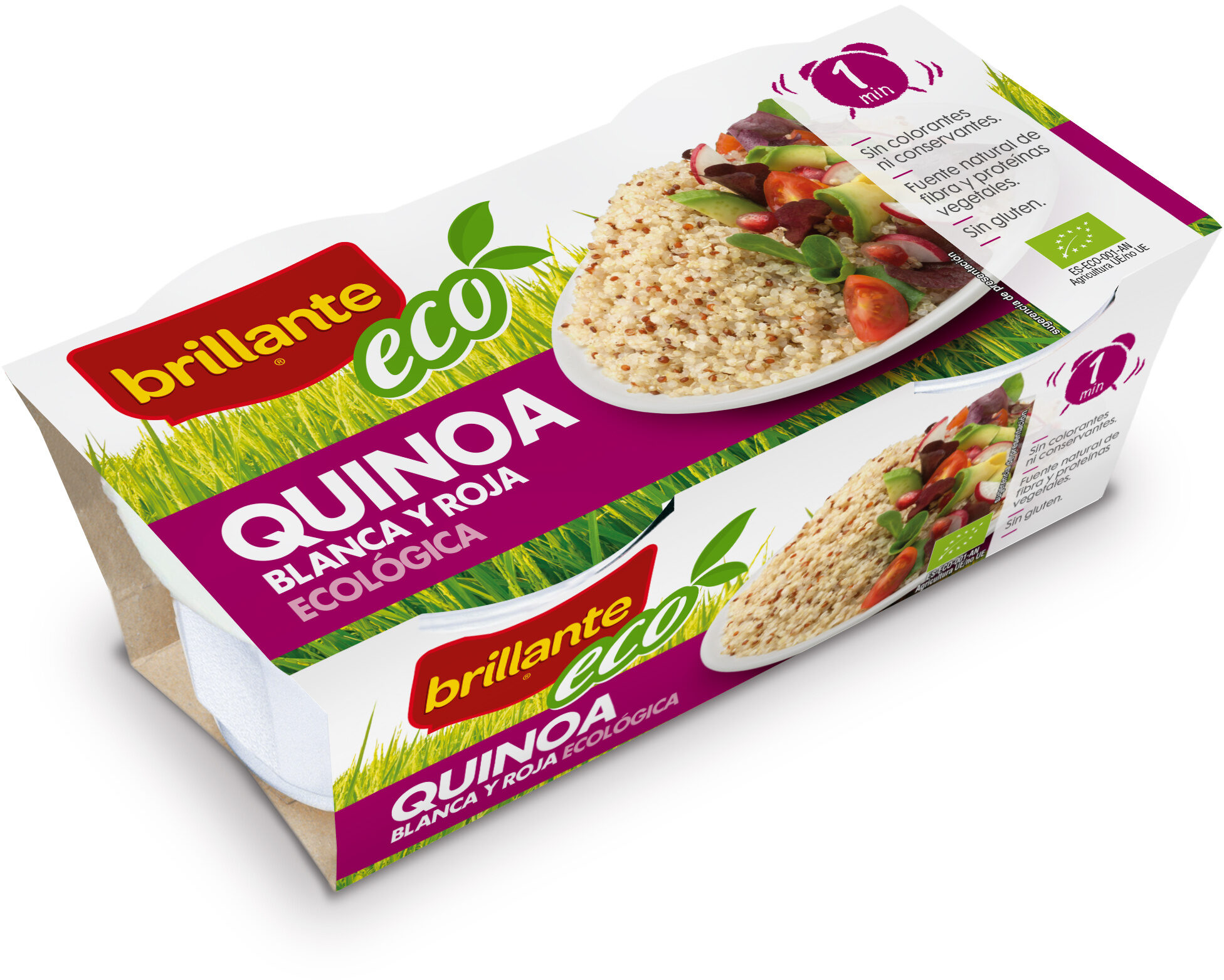Quinoa blanca y roja ecológica pack 2 envase 125 g - Brillante - 250 g (2 x 125 g)
This product page is not complete. You can help to complete it by editing it and adding more data from the photos we have, or by taking more photos using the app for Android or iPhone/iPad. Thank you!
×
Barra-kodea: 8410184035163 (EAN / EAN-13)
Izen arrunta: Quinoa blanca y roja ecológica
Kopurua: 250 g (2 x 125 g)
Ontziratzea: en:Plastic, en:container, es:Microondable, es:Vasito
Markak: Brillante
Kategoriak: en:Plant-based foods and beverages, en:Plant-based foods, en:Meals, fr:Céréales préparées, en:Microwave meals, en:Plant-based meals, es:Quinoa precocinada
Etiketak, ziurtagiriak, sariak:
en:No gluten, en:Organic, en:EU Organic, en:No preservatives, en:Non-EU Agriculture, Source of fibre, Source of proteins, ES-ECO-001-AN, en:EU Agriculture, en:EU/non-EU Agriculture, en:Green Dot, High fibres, High proteins, en:No colorings

Traceability code: HERBA RICEMILLS S.L.U.
Link to the product page on the official site of the producer: https://www.brillante.es/productos/quino...
Saltzen diren herrialdeak: Espainia
Matching with your preferences
Ingurumena
Ontziratzea
Transportation
Etiketak
Report a problem
Datuen iturria
Product added on by neptuno
Last edit of product page on by packbot.
Produktuaren orria -gatik editatua kiliweb, musarana, sdianez, yuka.VFA4d0s0a3doTWdPdXN3eS9oek5xK2xQeTUrc1ptbU9HckFPSVE9PQ.











